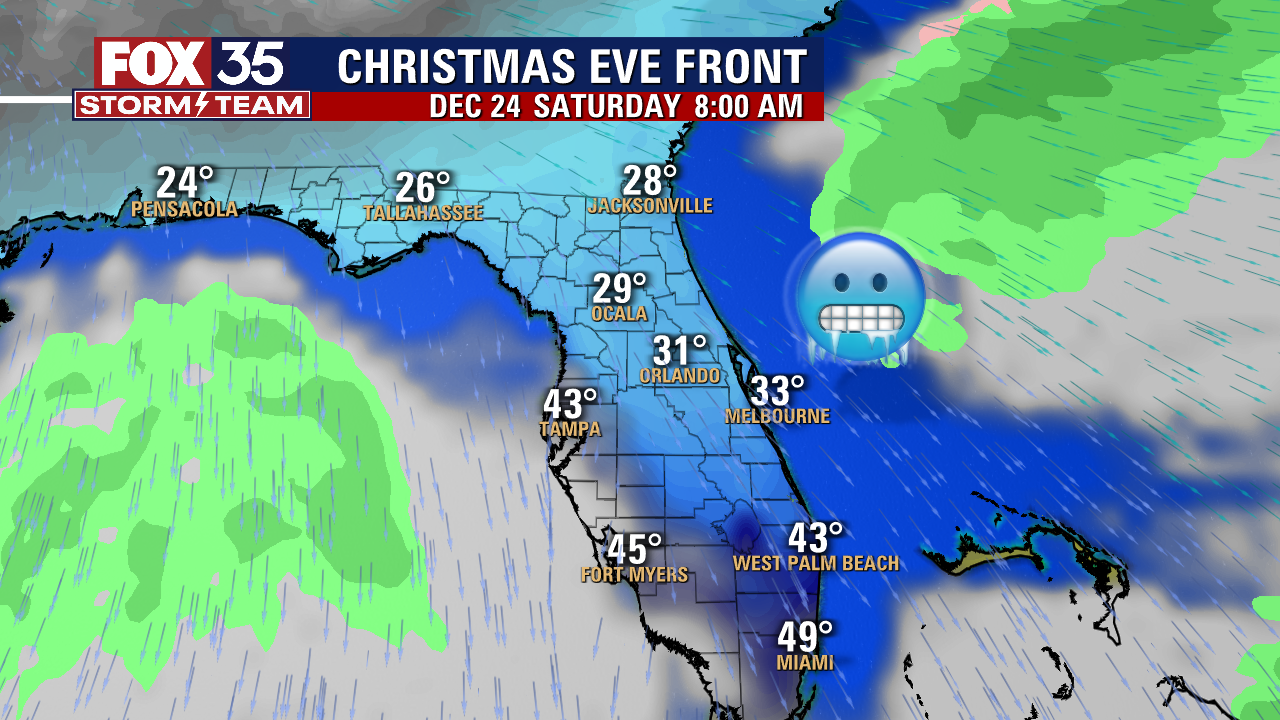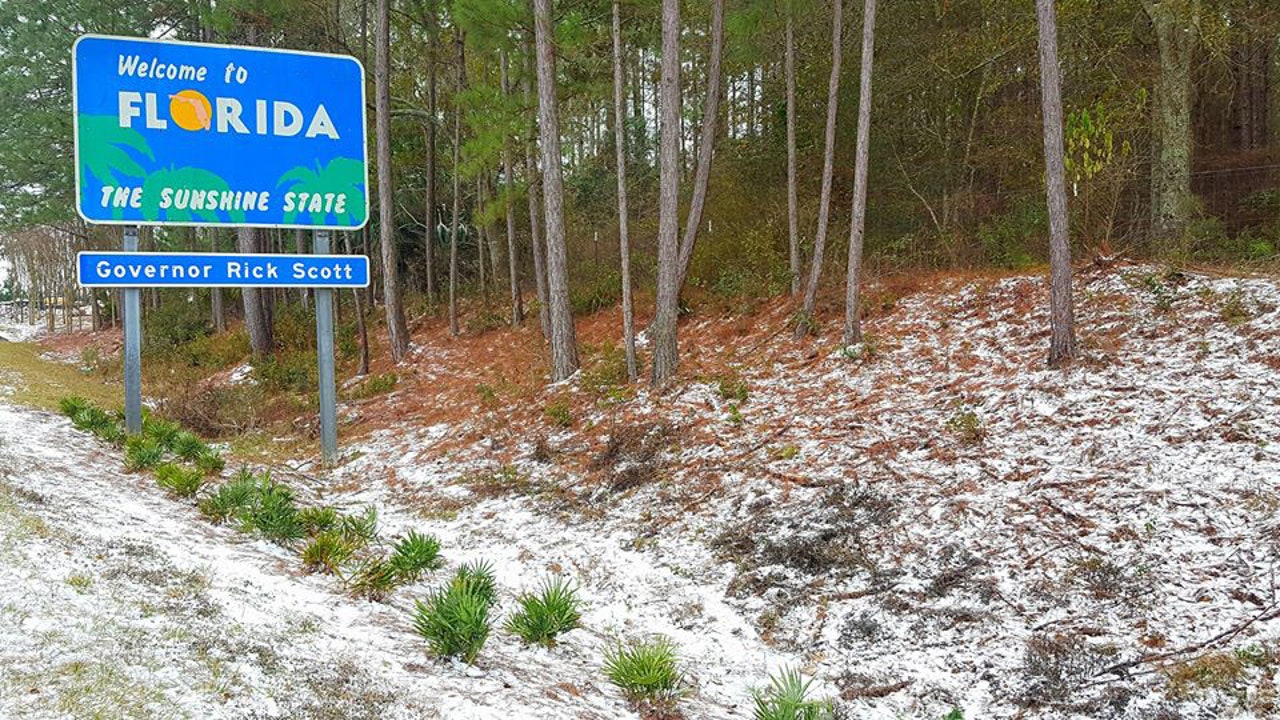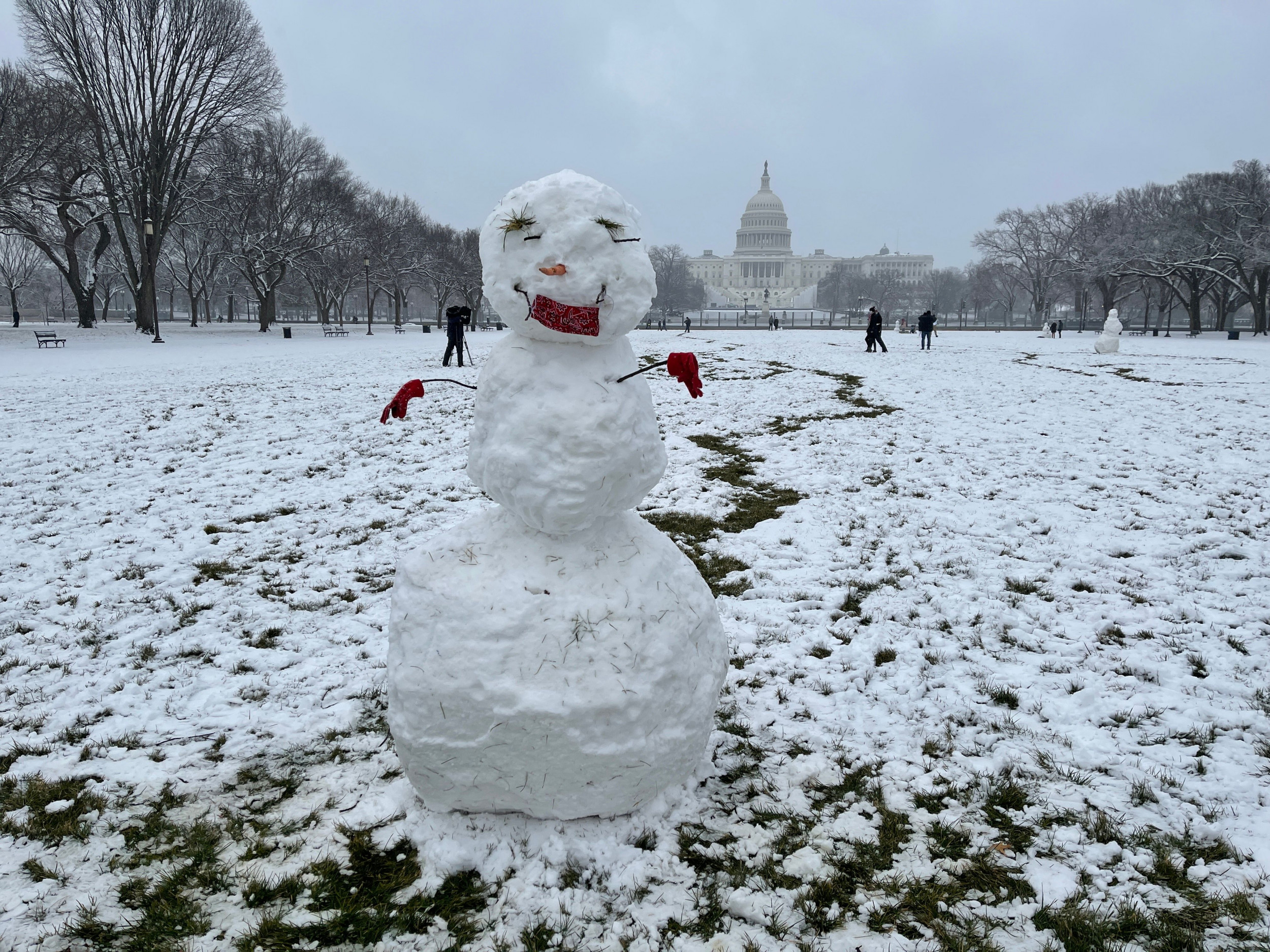Snow in Florida: A Rare and Fascinating Phenomenon
Florida, known for its subtropical climate, is not a state where you'd typically expect to find snow. However, snow has fallen in the state several times in its history, and we're here to guide you through where and when it snowed in Florida.
For many Floridians and tourists alike, the thought of snow in the Sunshine State is a rare and exciting occurrence. While it's not a regular occurrence, it's not unheard of either. The state's unique geography and climate create an environment where cold fronts can bring snow, making it a fascinating topic of interest.
But where exactly did it snow in Florida? Which parts of the state received snow, and how rare is it? In this article, we'll explore the history of snow in Florida, the conditions that lead to snowfall, and where you can expect to find snow in the state.
History of Snow in Florida
Snow has fallen in Florida a total of 29 times since records began in 1899. The first recorded snowfall in Florida occurred on January 17, 1899, in Tallahassee, when a snowfall of 0.2 inches was reported. Since then, snow has fallen in various parts of the state, with the most significant snowfall occurring in 1977, when 12 inches of snow fell in the northern part of the state.
Some of the most notable snowfall events in Florida's history include:
- January 17, 1899: Tallahassee received 0.2 inches of snow
- January 23, 1977: 12 inches of snow fell in Pensacola and surrounding areas
- January 13, 1986: 4 inches of snow fell in Lake City and surrounding areas
- January 24, 1989: 2 inches of snow fell in Gainesville and surrounding areas
Conditions that Lead to Snowfall in Florida
So, what conditions lead to snowfall in Florida? There are several factors that contribute to the state's unique snowfall pattern.
- Cold fronts: Florida's snowfall is often associated with cold fronts that move into the state from the north. These cold fronts bring cold air from the north, which can lead to snowfall in the state.
- Low pressure systems: Low pressure systems can also contribute to snowfall in Florida. These systems can bring cold air into the state, leading to snowfall.
- Moisture: Florida's snowfall is often associated with high levels of moisture in the atmosphere. This moisture can lead to heavy snowfall, especially in areas with high elevations.
Some of the key factors that influence snowfall in Florida include:
- Latitude: Florida's latitude plays a significant role in its snowfall pattern. The state's proximity to the equator means that it receives a lot of direct sunlight, which can lead to warmer temperatures.
- Elevation: Florida's snowfall is often associated with high elevations. Areas above 1,000 feet, such as the Florida panhandle, are more likely to receive snowfall.
- Weather patterns: Florida's weather patterns can also influence its snowfall. The state's subtropical climate means that it experiences a range of weather patterns, including cold fronts and low pressure systems.
Where to Find Snow in Florida
So, where in Florida can you find snow? The state's geography and climate create an environment where snow can fall in various parts of the state.
- The Florida panhandle: This region is the most likely to receive snowfall, especially areas above 1,000 feet.
- Central Florida: Cities like Orlando and Tampa are not as likely to receive snowfall, but areas with higher elevations, such as Winter Park and Lake Mary, can experience snowfall.
- North Florida: This region is more likely to receive snowfall than the rest of the state, especially areas above 1,000 feet.
Some of the top places to find snow in Florida include:
- Pensacola: This city in the panhandle is known for its snowy winters, with some years seeing over 1 inch of snow.
- Panama City: This city in the panhandle is also known for its snowy winters, with some years seeing over 1 inch of snow.
- Winter Park: This city in central Florida is known for its high elevations, making it more likely to receive snowfall.
- Lake Mary: This city in central Florida is also known for its high elevations, making it more likely to receive snowfall.
Top 5 Snowiest Cities in Florida
Here are the top 5 snowiest cities in Florida, based on data from the National Weather Service:
- Pensacola (average annual snowfall: 1.4 inches)
- Panama City (average annual snowfall: 1.2 inches)
- Tallahassee (average annual snowfall: 1.1 inches)
- Winter Park (average annual snowfall: 0.9 inches)
- Lake Mary (average annual snowfall: 0.8 inches)
Snowfall in Florida by Month
Here's a breakdown of snowfall in Florida by month, based on data from the National Weather Service:
- January: Average snowfall in Florida is 0.6 inches, with some years seeing over 1 inch of snow.
- February: Average snowfall in Florida is 0.5 inches, with some years seeing over 1 inch of snow.
- March: Average snowfall in Florida is 0.2 inches, with some years seeing over 1 inch of snow.
- April: Average snowfall in Florida is 0 inches, with some years seeing snowfall in the panhandle.
- May: Average snowfall in Florida is 0 inches, with some years seeing snowfall in the panhandle.
- June: Average snowfall in
Kaitlyn Krems Fans
Brook Monk
No Me Pi Pa
Article Recommendations
- How Old Iarlyhimkus
- Lee Majors
- Brandonavid Jackson
- Esouth
- Kathy Bates Relationships
- Beyonce
- Bridget Fonda
- Owen Wilsonied
- Trudeau Net Worth
- Joe Gilgun



